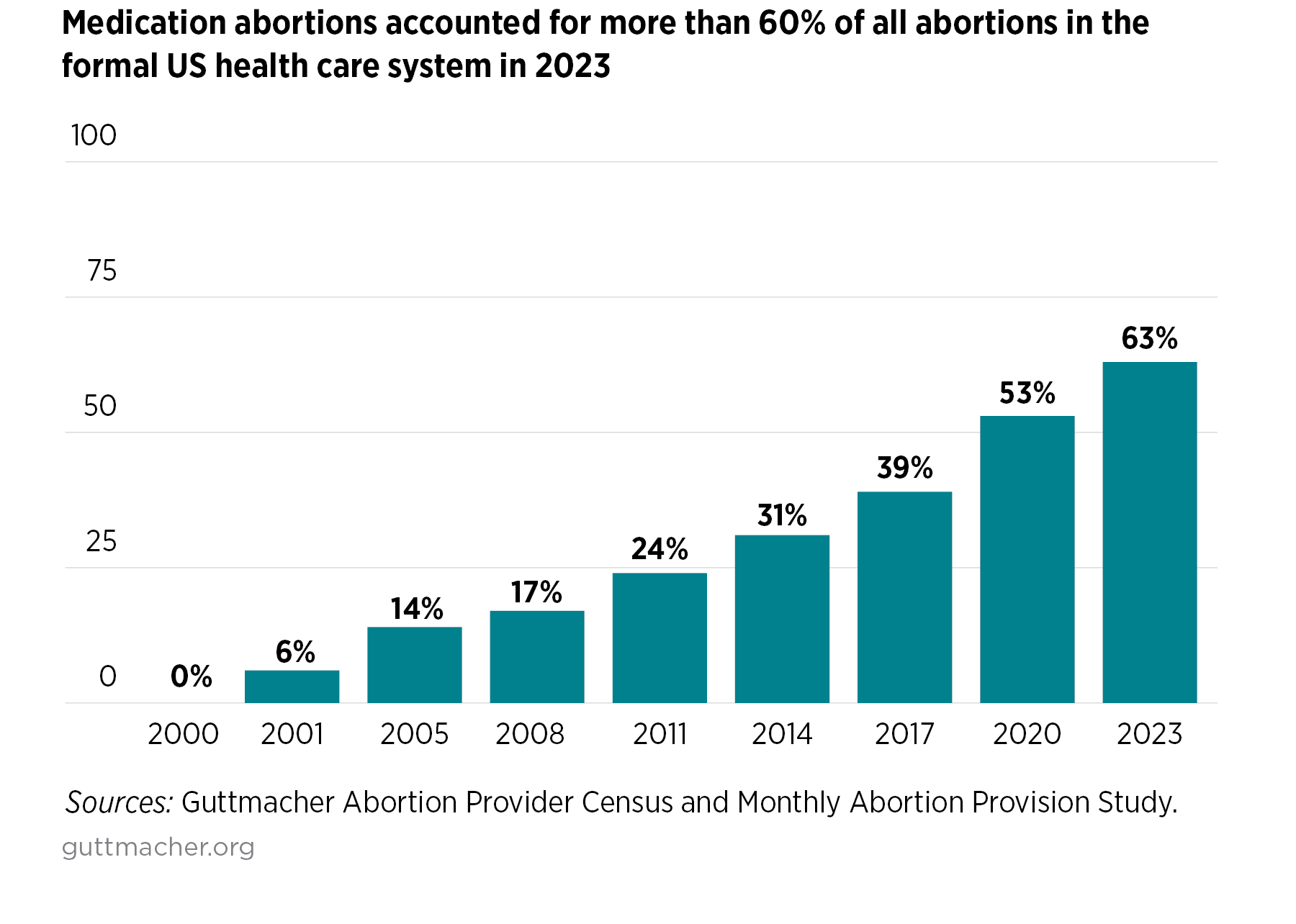“Silver Bullet” – a simple and seemingly magical solution to a complicated problem. (Dictionary.com)
This week, we will focus on the strategic question of whether or not the abortion industry can be defeated, and if so, how.
Let’s start off today looking at what exactly the abortion industry’s main service offering is.
Well, of course, it’s abortion.
But it’s extremely important to go a level deeper and categorize abortion services before we can understand if and how to best compete against those services.
The abortion industry offers abortion services in two primary categories: surgical abortion and medication abortion (aka the abortion pill).
Copying this from an internet search, surgical abortion consists of:
“…a medical procedure to remove the pregnancy from the uterus. Can be performed at different stages of pregnancy, depending on the method used.”
“Types of Surgical Abortion:
Vacuum aspiration: Used up to 14 weeks of pregnancy
Dilation and evacuation (D&E): Used up to 24 weeks of pregnancy
Induction abortion: Used after 24 weeks of pregnancy”
Also copying this from an internet search, medication abortion (the abortion pill) consists of:
“…taking medications to terminate the pregnancy. Typically used up to 10-11 weeks of pregnancy.”
As you can see, these two service offerings are completely different in terms of answering the who, what, when, where and how of procuring an abortion.
If we look at the who, what, when, where and how of surgical abortion we get the following:
Who: An abortionist
What: A surgical abortion
When: On a scheduled date and time
Where: At an abortion facility
How: Using surgical techniques depending on the stage of pregnancy
Now look at the who, what, when, where and how of medication abortion:
Who: The woman taking the pill
What: The abortion pill
When: Whenever the woman wants
Where: In the privacy of a woman’s own home
How: Taking a dose of mifepristone, then a dose of misoprostol
Now let’s consider the abortion industry’s current product mix of these two service offerings, meaning of all the abortions that take place in the U.S., what percentage is surgical versus what percentage is medication, and then we’ll consider why that matters.
Here is a snapshot of the most recent data provided by the Guttmacher Institute showing in 2023 that medication abortion accounted for 63% of all abortions.

And from the graph it appears that this percentage is increasing at about 3% per year on average, so we can estimate that in 2025, medication abortion will account for approximately 69% of all abortions.
Why does this matter?
First, when we consider the abortion industry’s rapid increase in the use of the abortion pill versus surgical abortion, it is clear that the abortion pill is the industry’s preferred product.
Second, the abortion pill can be used during the first trimester of a woman’s pregnancy, and according to the CDC, in 2021 approximately 93% of abortions occurred in the first trimester. (https://www.cdc.gov/mmwr/volumes/71/ss/ss7110a1.htm#T10_down)
So if we look to the not too distant future, say within a decade, we can say it is plausible that 90% or more of abortions in the U.S. will be conducted using the abortion pill.
With that understanding in hand, why does this matter if we want to compete against the abortion industry by offering women life-affirming support?
It matters because the primary competitive tool that pro-life forces have traditionally used the last 50 years to compete against the abortion industry has been what I will call “lawfare”- in other words, striving to pass legislation that severely limits or outright restricts any access to abortion.
The tool of lawfare was born at a time when the abortion industry’s primary service was surgical abortion.
And if we return to the who, what, when, where and how of surgical abortion, we can see how lawfare could be effective.
After all, if we know the physical space, an abortion clinic, where abortions are scheduled and conducted, our law enforcement officials can police those areas.
But can we say the same for medication abortion, which remember already accounts for almost 70% of abortions and is climbing on average at about 3% per year?
I think this is the key question for pro-life forces, and I believe evidence shows that the answer is unequivocally no, lawfare cannot stop medication abortion.
Why is lawfare ineffective against medication abortion?
Well, if you’ve been around for a while you are likely aware of the so-called “War on Drugs” which kicked off over 50 years ago in 1971, in which the U.S. has invested over a trillion dollars, and which has largely been deemed a failure.
This matters because the main parallel between drugs that were targeted in the war on drugs, and the abortion pill, is that the abortion pill is also a drug.
Sorry to say something so obvious as that but I’ve dialogued with so many pro-lifer leaders who for some reason think the abortion pill is different.
I don’t think that’s the case.
Additionally, even if the abortion pill is outlawed, if there is still demand for it then money can be made from it, and if money can be made from it then there will be someone, somewhere in the world who will be willing to supply it, no matter the laws that restrict the drug or make it outright illegal.
The abortion pill appears to be the abortion industry’s silver bullet to overcome the primary tool that pro-abortion forces have focused on for decades – legislation and lawfare.
But perhaps you’re not quite ready to let go of using lawfare to restrict the abortion pill because you’ve heard that the FDA may remove approval of mifepristone for use in abortions, or you’ve heard talk about a proposed constitutional amendment to ban abortion nationwide.
We’ll talk about the likelihood of success with these approaches in tomorrow’s article.
Regards,
Brett Attebery

